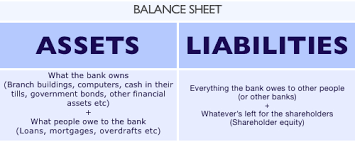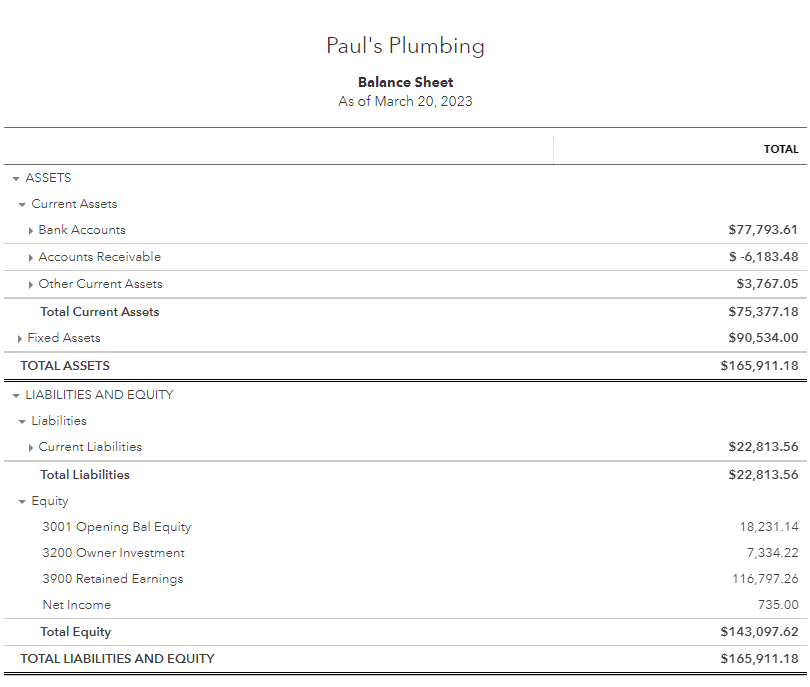In the world of finance and accounting, liabilities are an essential aspect that requires thorough understanding. Liabilities are the debts and obligations that a company owes to its creditors and other parties. These may include financial institutions, suppliers, employees, tax authorities, and bondholders, among others. In accounting, liabilities are typically classified as current and non-current, depending on their duration and the timeframe in which they are expected to be settled.
Current liabilities are those that are expected to be settled within the next 12 months, while non-current liabilities are those that are not due within this timeframe. Examples of current liabilities include accounts payable, salaries and wages payable, taxes payable, and short-term loans. On the other hand, non-current liabilities may include long-term loans, deferred tax liabilities, and pension obligations, among others.
Understanding liabilities is crucial for any business owner, accountant, or finance professional. This knowledge enables them to manage their financial obligations efficiently and make informed decisions. In this article, we will explore the concept of liabilities in accounting, with examples to help you grasp a better understanding.
How Liabilities Work
Liabilities exist because there are obligations between two parties. In this case, your business has an obligation to do something for or to give something to another person or entity. For example, businesses have the obligation to pay their employees just compensation. Hence, businesses are liable to pay salaries and wages to their employees after the employees have performed their duties.
Moreover, the government requires businesses to pay taxes as mandated by the law. After earning income, taxes owed to the government are liabilities since paying taxes is an obligation. Overall, liabilities will almost always require future payments depending on the agreement between you and the other party involved.
Our article about accounting basics discusses in detail the concepts you need to understand small business accounting.
How To Find Liabilities in the Balance Sheet
Balance sheet presentations differ, but the concept remains the same. Some businesses prefer the account-form balance sheet, wherein assets are presented on the left side while liabilities and equity are presented on the right (see highlighted part).
|
ABC COMPANY
Balance Sheet
December 31, 2022
|
|||
|---|---|---|---|
|
ASSETS
|
LIABILITIES
|
||
|
Cash in bank
|
$5,000
|
Accounts payable
|
$1,000
|
|
Accounts receivable
|
$1,000
|
Salaries payable
|
$5,000
|
|
Fixed Assets
|
$7,000
|
Taxes payable
|
$2,000
|
|
Inventory
|
$2,000
|
Total Liabilities
|
$8,000
|
|
EQUITY
|
|||
|
Capital
|
$5,000
|
||
|
Retained earnings
|
$2,000
|
||
|
Total Equity
|
$7,000
|
||
|
TOTAL ASSETS
|
$15,000
|
TOTAL LIABILITIES & EQUITY
|
$15,000
|
Other balance sheets are presented using the report-form method, which is the most common method of balance sheet presentation. You can find liabilities right after the assets section.
Why Are Liabilities Important to Small Businesses?
Liabilities aren’t inherently bad for businesses. Some owners are afraid of liabilities because they always associate them with debt. While all debts are liabilities, not all liabilities are debts:
- Stimulates business expansion and growth: Loans can be used for purchasing equipment and vehicles for business operations or inventory to sell to customers. Obtaining loans and mortgages can help your business purchase real property or high-value assets without burning a lot of cash. Although debt has an interest, it’s a necessary tradeoff for accessing additional funds that can help double or triple your business’s future income.
- Supports business operations: Salaries and wages are liabilities arising from employment. Without employees, it’s almost impossible to run a business. Hence, liabilities from salaries and wages are normal in the conduct of business.
- Represents capital funded by creditors: In finance, capital can be sourced through equity and debt. Knowing how much capital is funded through debt can help you understand the capital structure of your business and position your business in a favorable image.
How To Classify Liabilities
A liability can be classified as current or long-term:
- Current: Due in less than 12 months or within the normal operating cycle, whichever is shorter; but for simplicity in a small business setting, we can set the period for current liabilities as due in less than one year
- Long-term: Expected to be settled for a period of more than 12 months; some long-term liabilities also require the application of the time value of money (computation of compounding interest), such as leases, pensions, and notes
Contingent Liabilities
A contingency is an existing condition or situation that’s uncertain as to whether it’ll happen or not. An example is the possibility of paying damages as a result of an unfavorable court case. The condition is whether the entity will receive a favorable court judgment while the uncertainty pertains to the amount of damages to be paid if the entity receives an unfavorable court judgment.
Most contingent liabilities are uncommon for small businesses, but here are some that you might encounter.
Bottom Line
A liability is a major component of the accounting equation. In a small business, these usually are simple because they only pertain to basic things, like A/P, loans, salaries, and taxes. However, as your business grows and needs to comply with the US GAAP, there are other types that you must consider for accounting purposes.
Understanding what liabilities are in accounting, as well as the most common examples of each type, can help you track and identify them in your balance sheet.




